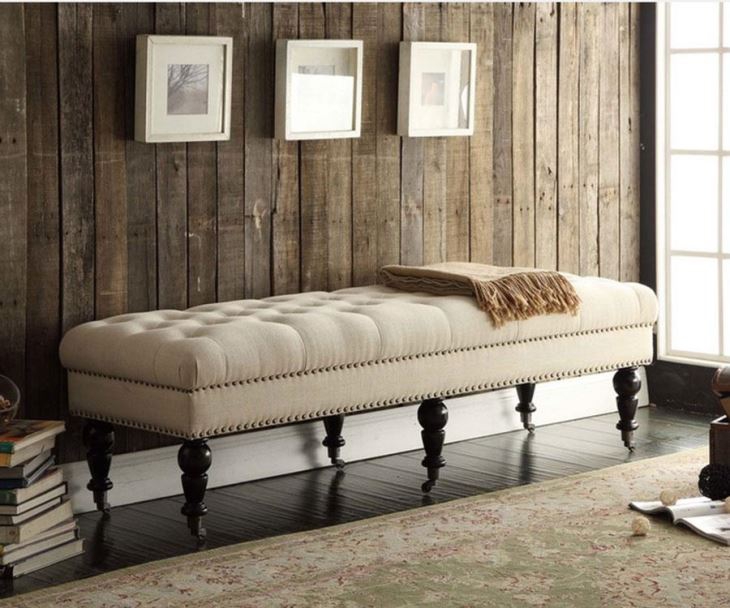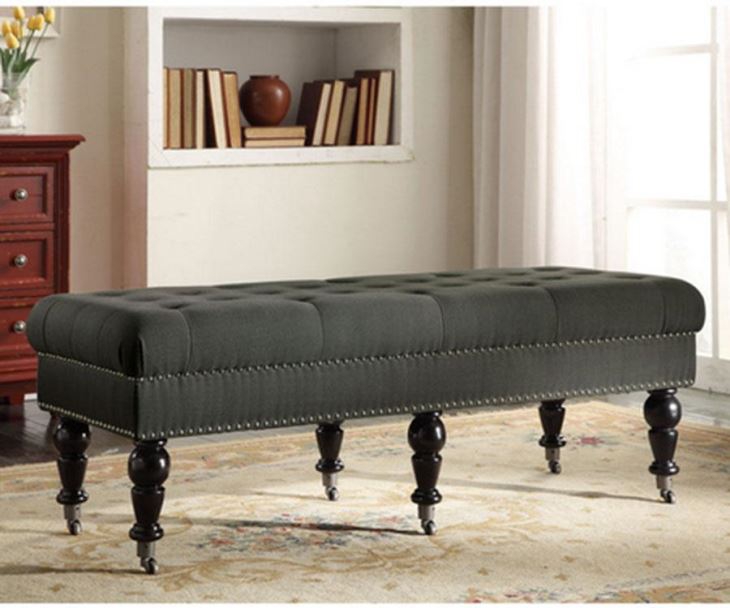- Apr 25, 2025-
The Essential Role of Footstools in Modern Living: Enhancing Ergonomics and Style
In today's fast-paced world, where comfort and functionality are paramount, footstools have emerged as an essential addition to both residential and commercial spaces. These versatile pieces of furniture offer more than just a place to rest your feet; they play a crucial role in promoting ergonomic health, enhancing interior design, and improving overall well-being.
With the rise of remote work and longer working hours, maintaining good posture and comfort has never been more critical. Ergonomic furniture is no longer just a luxury but a necessity. Footstools are an integral part of this movement, providing support that chairs alone cannot offer. They cater to various settings, from home offices and living rooms to hotels and clubs, offering both aesthetic appeal and practical benefits.
Ergonomics is the science of designing furniture to fit the human body, maximizing efficiency and comfort while minimizing strain. Footstools contribute significantly to this by encouraging proper posture. When seated for extended periods, using a footrest can help distribute weight more evenly, reducing pressure on the lower back. This adjustment not only enhances comfort but also promotes better circulation, especially in the legs.
Moreover, elevating your feet reduces muscle fatigue and alleviates swelling, making them particularly beneficial for individuals with circulatory issues or those who stand for long periods. The design of modern footstools often includes adjustable features, allowing users to customize their support according to individual needs. For instance, models like the Footstool ST-7080m offer height adjustability, ensuring optimal comfort for different users.
The design of a footstool should blend seamlessly with its surroundings while providing robust support. Material choices are key, as they affect both durability and style. Wood, metal, and leather are popular options, each offering unique aesthetics and comfort levels. For instance, the Footstool SM-1158 combines sleek metal legs with a comfortable cushion, making it ideal for modern interiors.
Adjustability is another important feature. A footrest that allows height and angle adjustments can cater to various seating positions, enhancing its versatility. The Footstool ST-7008 exemplifies this with its ergonomic design, perfect for users seeking both functionality and style.

Selecting a footstool involves considering several factors:
For example, the Footstool ST-7080m is designed with these factors in mind, providing reliable support and aesthetic appeal.
Footstools are not just functional; they add a touch of style to any room. Their design can complement various interior styles, from minimalist to maximalist. Whether placed under a desk or as part of a lounge area, footstools serve as both functional and decorative elements.

The Footstool SM-1158, with its clean lines and neutral tones, fits effortlessly into contemporary spaces, while the Footstool ST-7008 offers a more classic look, suitable for traditional settings. Incorporating such pieces can elevate your space's design without compromising on comfort.
Investing in a quality footstool is an investment in health and style. They promote better posture, reduce physical strain, and enhance interior aesthetics. As ergonomics continues to gain importance, integrating a footstool into your setup is no longer optional but essential.
By prioritizing ergonomically designed footstools, we can create healthier, more comfortable living and working spaces that also reflect our personal style.